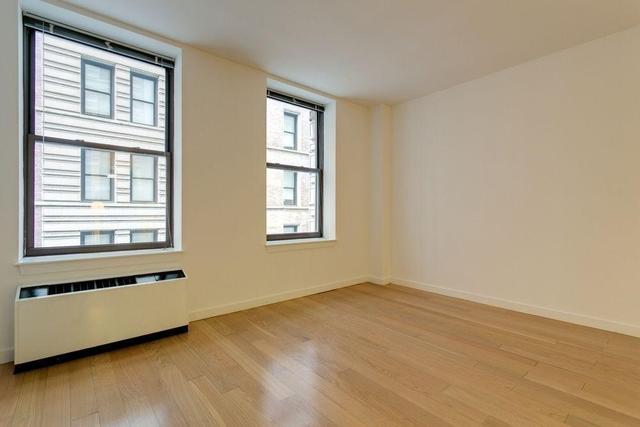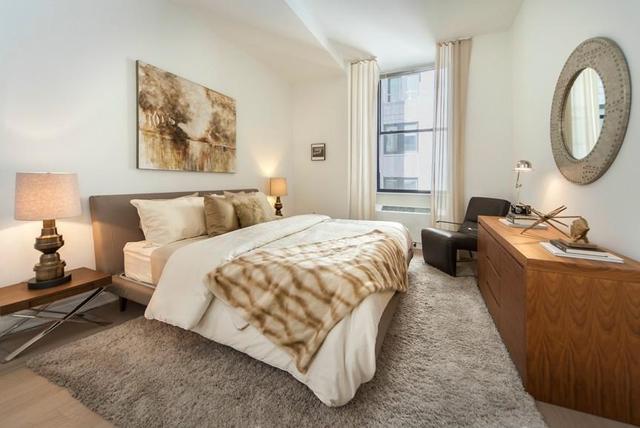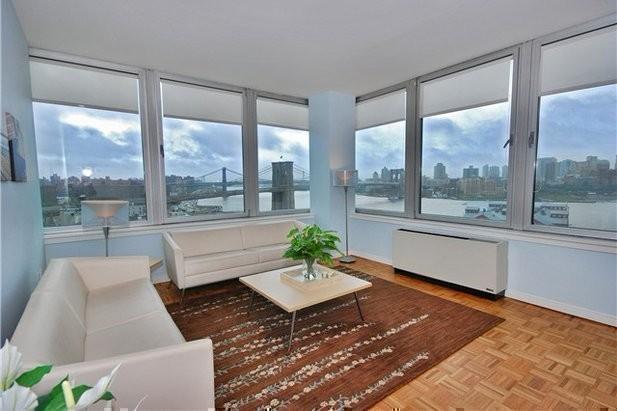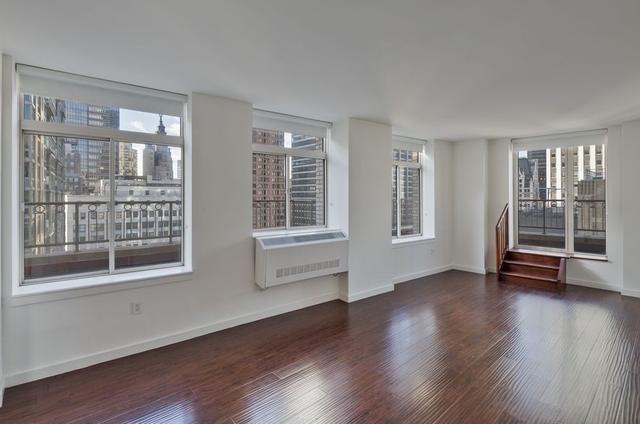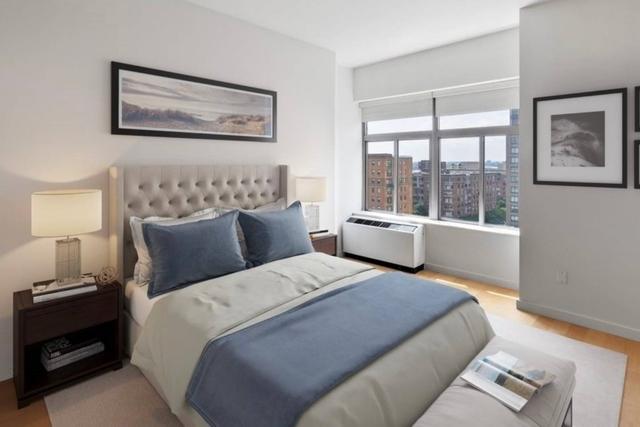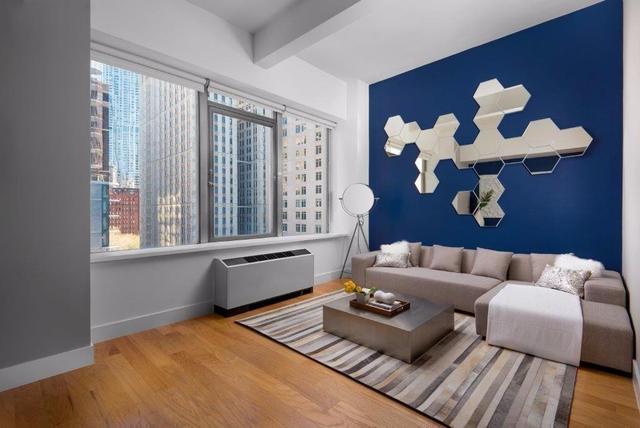
Family Room vs Living Room: Decoding the Terminologies
By: ROS Team
What’s in the name? Apparently, a lot. By defining the object, we can identify it. Let’s take a look back in time when homes were simple. There was a kitchen, a lawn, bedrooms, bathrooms, and a living room, or was it a family room? What’s the difference between a family room vs living room?
Apparently, not as much as it seems at first glance. Architects today use numerous terminologies to define a common area in your house – great room, living room, family room, sitting room, and more. Architects use these terms not to sound fancy, but because they are dedicated to maximizing your residential space.
Let’s dive deep into these terms and decode the notions that surround a family room vs a living room.
What Is a Family Room?
As apparent from the name, a family room is a place where family and friends get together, chill out, or binge-watch entire episodes on Netflix. Usually located near the kitchen, this is a common area where kids can play, and you can relax in a recliner.
The typical layout of a family room includes sectional sofas, recliners, or a couch that can accommodate a family without compromising on comfort. This is the most important part of your house and serves the most important purpose. The objective is to keep your family’s love flowing in your veins and to have a good time.

The term “family room” finds is first mentioned in the book Tomorrow’s House by George Nelson and Henry Wright, published in the year 1945.
Chapter 7 in the book The Room Without a Name mentions the need for a new “biggest room in the house” serving the social and recreational needs of the entire family. Allowing activities like eating and playing, which would not be permitted in the other more formal living room.
But does every house has a family room? It entirely depends on the space available when designing your house. Ideally, the living room is reserved for more formal interactions and often makes a statement.
What Is a Living Room?
A living room is a formal space specially designed to cater to occasional guests and acquaintances rather than being used for everyday interactions and get-togethers. It can be used for an official gathering, a discussion, or conducting business matters.
This is one of the major differences between a family room vs living room. Contrary to its name, this is where you actually do the least amount of living.

Often the decor in a living room makes a statement with a brilliant artistic piece or an awe-inspiring painting from a famous artist. The interiors speak of your style and are most often highly expensive.
A living room is usually located in a quiet space at the front of your house, with multiple windows and a scarce view of the rest of the house.
The Difference Between a Living Room and a Family Room?
The difference between the family room vs living room can be categorized based on their location, functionality, and design.
- Location: The living room is either located at the front of the house or in the center, which provides sufficient seclusion and privacy. On the contrary, a family room is often located near the kitchen, allowing easy access to snacks and basic amenities.
- Function: As discussed in depth earlier, the family room acts as an informal space for your family and friends to get together and have fun. In contrast, the living room is ideal for acquaintances and occasional guests who come for business or to discuss a major issue.
- Layout and Design: The living room makes a statement with fancy furniture and expensive artwork. It often has a lavish design and premium decor that reflects your style. The family room, on the other hand, has comfortable cushion sofas, recliners, and often a large entertainment system to keep you entertained.
Family Room vs Living Room: Meet Your Needs
To have a family room vs a living room is a choice for you to make. It entirely depends on your budget, the space available, and your lifestyle. Obviously, you can have both if the space you have is right, but if not you ought to make a wise choice.
You can also opt for a great room, a single largest space for your friends, family, and formal guests alike.
Family Room vs Living Room FAQ
Why is the Family Room Important?
The family room is the heart of your home. It is where families and friends come together to relax and enjoy each other’s company spending hours on end watching television or playing games. Moreover, it’s a place where you make memories, tell stories, and share love.
What makes a Living Room Formal?
A living room can be formal in many ways. It is designed to attend to occasional guests and is often decorated with elegant furnishings, big-size artwork, and lavish designs. It might also feature a fireplace or other features that are typically found in more formal spaces.
What is a Living Room in a House?
A living room is a large common space in your house that is used for more formal gatherings. Typically, it has dark walls painted in a dark color and heavy wood furniture.
What are the must have Elements of a Family Room?
A family room is a space where you can spend time with family and friends. Its core elements must radiate a welcoming and comfortable aura. Also, it must have enough space to accommodate your friends and family.
Some of the must have elements of a family room are:
- Comfortable Sofas or a Couch for Seating
- A TV for Entertainment
- Tables for Snacks, Drinks, and Playing Games
What can I do if I have Two Living Rooms?
If you have two living rooms, you can use the first one as a family room and the other as a more formal living room.
The family room serves as an entertainment space for your guests and family members. If you have kids who like playing video games, this is the perfect place for them. They get to play their favorite games without disturbing others in the house.
The second living room can be used for reading, hosting formal guests, and conducting business affairs. You can also convert it into a home office with a comfortable workstation.



